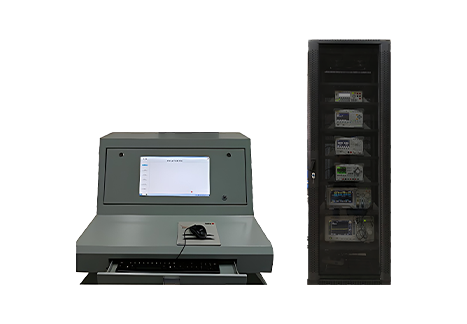
Permanent magnet synchronous motors (PMSMs) are a type of electric motor that use permanent magnets in the rotor and a stator with windings to produce a rotating magnetic field. PMSMs offer many advantages over other types of motors, including high efficiency, high torque density, and accurate speed control. To make full use of these benefits, it is essential to have a well-designed motor controller that can efficiently and accurately drive the motor. In this guide, we will discuss the key considerations and features of PMSM controllers to help you choose the right controller for your application.
1. Motor Performance Requirements
The first step in selecting a PMSM controller is to understand the performance requirements of your motor. This includes properties such as rated power, speed range, torque capability, and efficiency. By knowing these parameters, you can choose a controller that can meet the demands of your specific application.
2. Sensorless or Sensored Control
PMSM controllers can be categorized into sensorless or sensored control based on the feedback mechanism used to determine the rotor position. Sensorless control algorithms use the back electromotive force (EMF) of the motor to estimate the rotor position, while sensored control uses position sensors such as encoders or resolvers. Sensorless controllers are cost-effective and have fewer components, but they may not provide as accurate control in all operating conditions.
3. Field-Oriented Control (FOC)
FOC is a widely used control technique for PMSMs that allows for precise control of the motor's speed and torque. This method separates the control of the magnetizing and torque-producing components of the stator current, resulting in smoother operation and improved efficiency. FOC requires complex mathematical calculations and control algorithms to ensure accurate control of the motor.
4. PWM Frequency and Voltage
PMSM controllers control the motor speed and torque by adjusting the amplitude and frequency of the voltage supplied to the motor windings. Pulse Width Modulation (PWM) is typically used to control the voltage output, with higher PWM frequencies leading to smoother motor operation and reduced noise. The controller must be capable of providing the necessary voltage and current levels to meet the motor's requirements.
5. Overcurrent and Overvoltage Protection
To protect the motor and controller from damage, it is essential to have overcurrent and overvoltage protection features in the controller. These protections can help prevent overheating, short circuits, and damage caused by excessive voltage levels. Some controllers may also include thermal protection to shut down the motor in case of overheating.
6. Communication Interfaces
Many PMSM controllers offer communication interfaces such as UART, SPI, or CAN bus for connecting to external devices or control systems. These interfaces allow for remote monitoring, parameter adjustments, and data logging. Choosing a controller with the appropriate communication interface can simplify integration into your system and enable advanced control capabilities.
7. Thermal Management
PMSMs can generate heat during operation, especially at high speeds or high torque levels. A well-designed controller should have efficient thermal management features to dissipate heat and ensure reliable operation over extended periods. Heat sinks, fans, or temperature sensors can be used to monitor and control the temperature of the controller and motor.
8. Software and Firmware Updates
As technology evolves, firmware updates can improve the performance and features of PMSM controllers. Choosing a controller that supports software updates and firmware upgrades can prolong the lifespan of the motor control system and allow for future enhancements.
9. Efficiency and Power Losses
Efficiency is a critical factor in the design of PMSM controllers, as higher efficiency leads to lower power losses and better overall performance. Controller efficiency can be influenced by factors such as switching losses, conduction losses, and control algorithms. Understanding the efficiency characteristics of the controller can help optimize the energy consumption of your motor system.
10. Cost and Reliability
Finally, consider the cost and reliability of the PMSM controller when selecting a suitable model for your application. High-quality components, robust design, and reliable manufacturing processes can ensure long-term operation and minimize maintenance costs. It is essential to balance the upfront cost with the long-term benefits and reliability of the controller.
In conclusion, selecting the right PMSM controller is crucial for achieving optimal performance and efficiency in your motor system. By considering factors such as motor performance requirements, control techniques, communication interfaces, and protection features, you can choose a controller that meets the needs of your specific application. With the right controller, you can unlock the full potential of PMSM motors and achieve high-performance operation in a wide range of applications.
ПРОДУКТ
№ 69, Современный предпринимательский центр, улица Чжанбали, Зона высоких технологий, район Яньта, город Сиань
186-9186-8655
baishidong@advance-xa.com
Авторские права
Комментарий
(0)